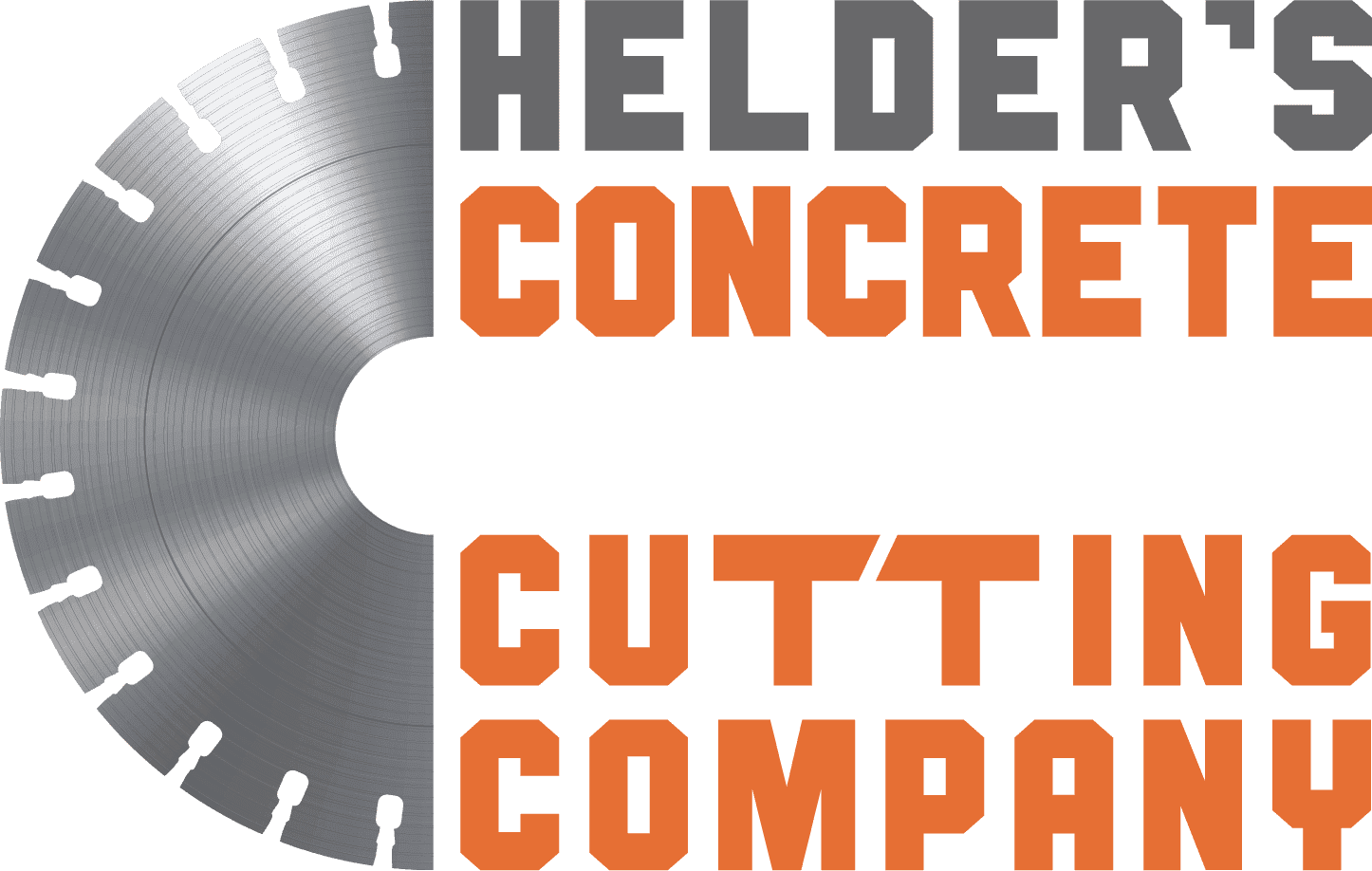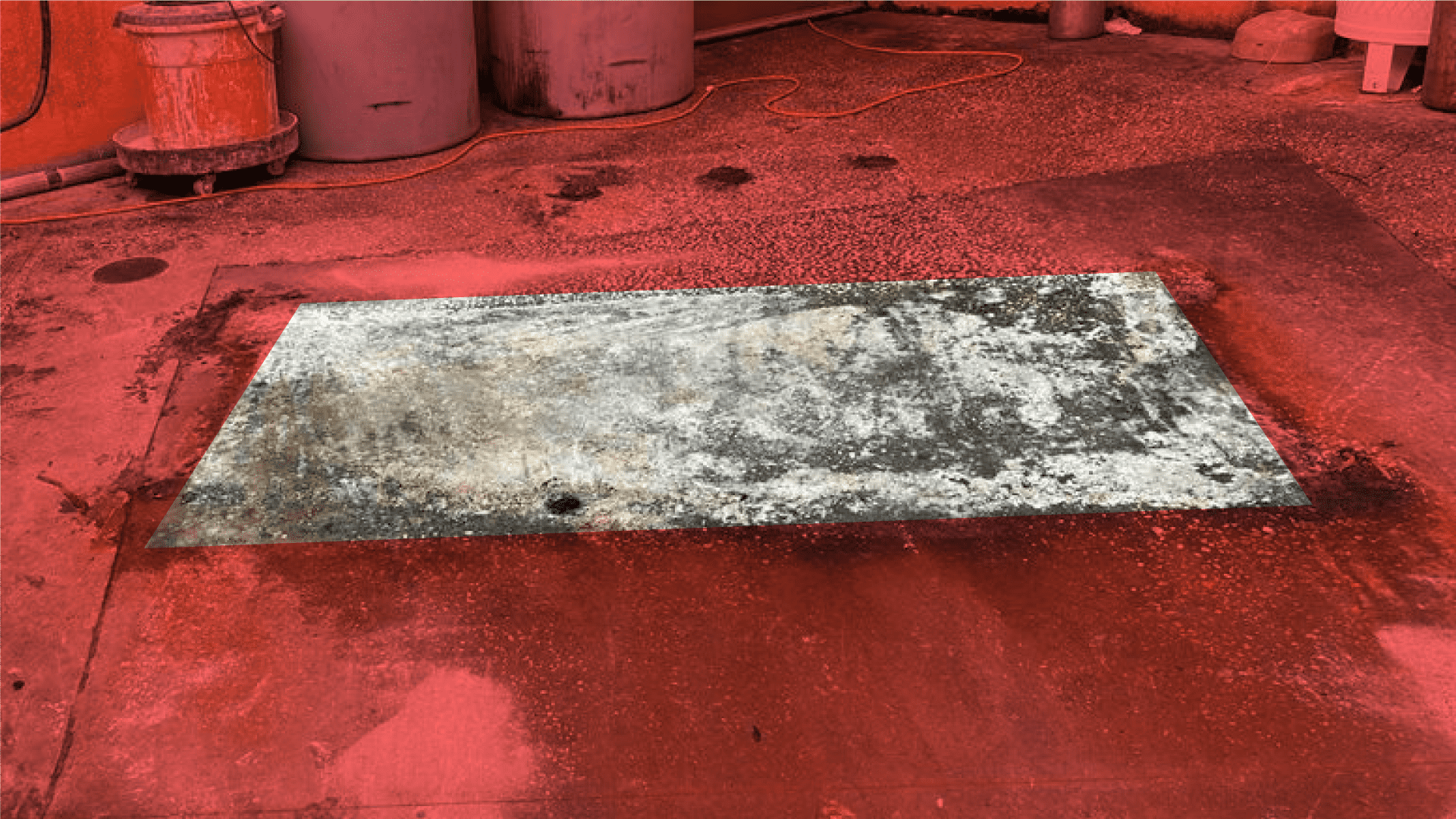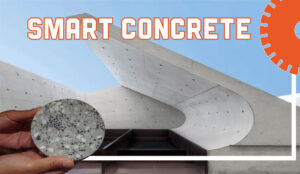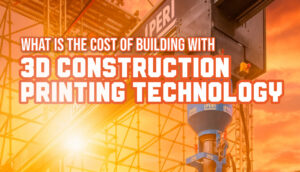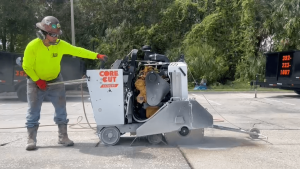If you’re starting to explore construction projects or looking to maintain existing structures, you’ve probably heard about concrete corrosion and how damaging it can be. It’s a common issue, but it’s not something you need to worry about if you know what to look for and how to protect your concrete. Let’s break down what concrete corrosion is, why it happens, and what you can do to prevent it.
What is Concrete Corrosion?
Concrete corrosion is a process where concrete structures begin to degrade due to environmental factors, especially when exposed to chemicals like chlorides, nitrates, or fluorides. If you’ve ever seen cracks in a concrete wall or rust bleeding through, that’s usually a sign of concrete corrosion. The biggest problem? Once corrosion starts, it can quickly weaken the entire structure, making it unsafe or costly to repair.
Concrete might seem like a super-strong material—and it is—but over time, even the toughest concrete can fall victim to corrosion, especially in harsh environments like industrial settings or areas near the ocean.
What Causes Concrete Corrosion?
The most common culprit behind concrete corrosion is the presence of chlorides, which can seep into the concrete. You’ll typically find these in de-icing salts (often used on roads in winter) or in saltwater near coastal structures. Once chlorides penetrate the concrete and reach the steel reinforcement inside, they cause the steel to rust. This rust expands and creates pressure inside the concrete, leading to cracks, which then allows even more moisture and chemicals in, accelerating the damage.
Other factors that contribute to concrete corrosion include exposure to industrial chemicals, acid rain, and even the carbon dioxide in the air, which lowers the concrete’s pH level and makes it more vulnerable.
How to Spot Concrete Corrosion
When it comes to corrosion, catching it early can save you a lot of headaches down the road. Some warning signs of concrete corrosion include:
- Cracking or flaking (spalling) on the surface
- Rust stains or discoloration
- Exposed rebar or steel reinforcing bars that are rusting
If you notice any of these issues, it’s time to take action before the damage gets worse.
Preventing Concrete Corrosion
Here’s the good news: you can prevent concrete corrosion. At Helder’s Concrete Cutting Company, we believe prevention is key to protecting your structures. Here are a few ways to keep concrete corrosion at bay:
- Use high-quality, low-permeability concrete to reduce the chances of harmful chemicals getting inside.
- Apply sealants or coatings to create a barrier against moisture and chemicals.
- Schedule regular inspections and maintenance. If you catch corrosion early, it’s much easier (and cheaper) to fix.
Conclusion
Concrete corrosion is a serious issue, but with a little bit of knowledge and some proactive steps, you can keep your structures strong and durable for years to come. Whether you’re building a new structure or maintaining an existing one, understanding how to prevent corrosion is critical. At Helder’s Concrete Cutting Company, we’re here to help guide you through the process and ensure your concrete stays in top shape. Reach out to us for more information about how we can assist with concrete corrosion prevention and repair.
Contact us today to discover how Helder’s Concrete Cutting Company can serve your project needs with unparalleled dedication and expertise.
